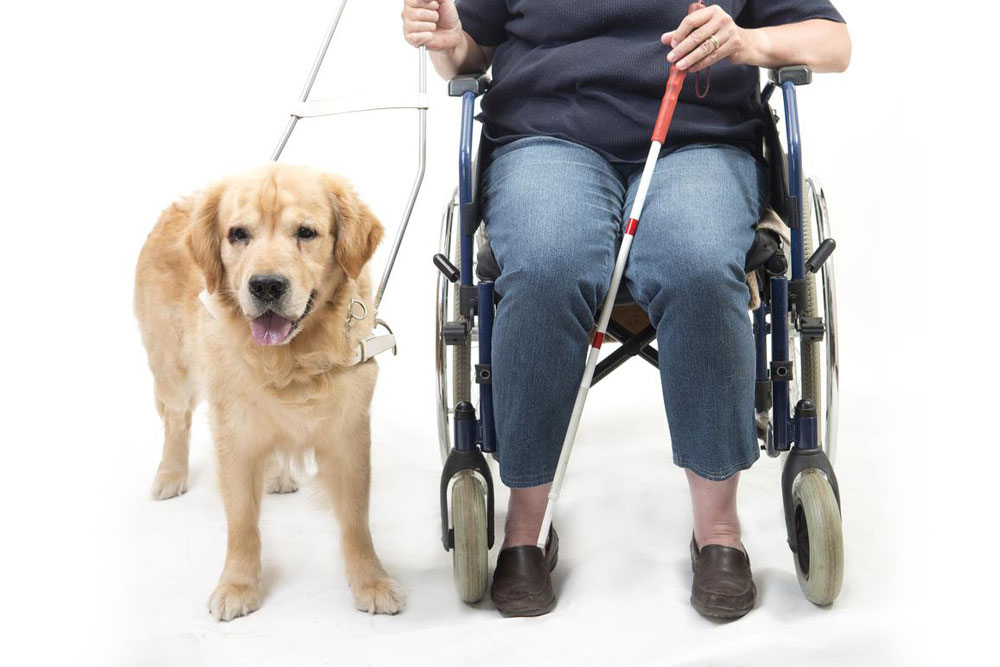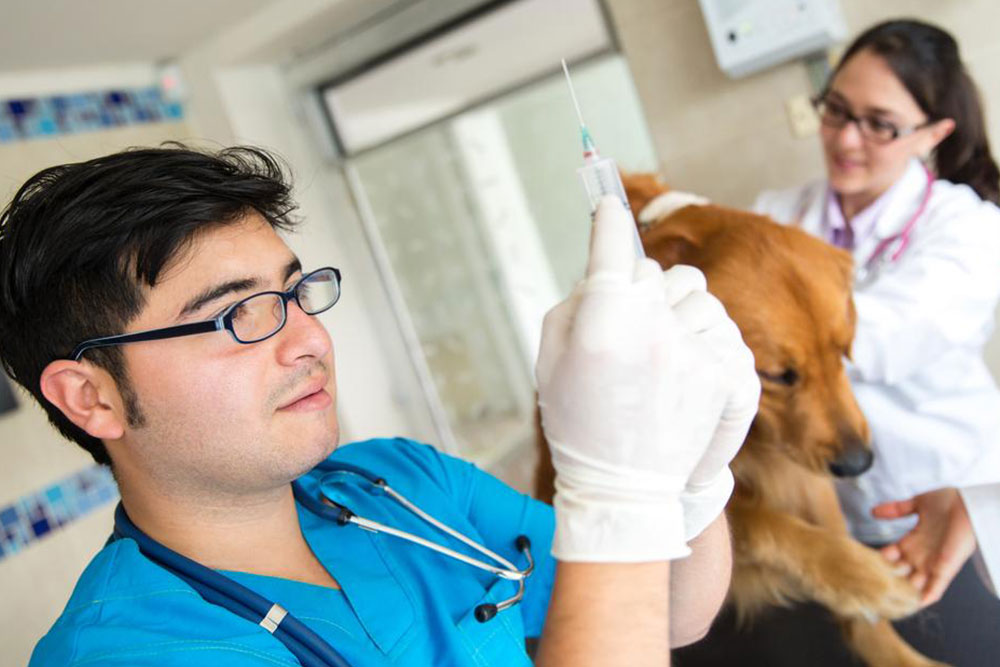Understanding Pricing Factors for Boxer Puppy Sales
Discover how various factors influence the pricing of Boxer puppies. Key elements include health testing, pregnancy confirmation, nutritional support during breeding, and additional start-up supplies. The article clarifies that gender, color, or lineage do not determine price, emphasizing health and care standards. Understanding these factors helps buyers make informed decisions and appreciate the costs involved in raising healthy boxer puppies.

Understanding Pricing Factors for Boxer Puppy Sales
Before being listed for sale, boxer puppies are priced based on multiple key factors. Below are the main considerations influencing their cost:
Health Assessments: Comprehensive health screenings are performed prior to sale, including tests on both the dam and stud dogs. These are typically indicated on the seller's website.
Hormonal Testing: Progesterone tests determine the optimal breeding window, enhancing the chances of successful conception and helping predict the expected whelping date.
Brucellosis Screening: Since brucellosis can cause sterility and abortion, bitches are tested prior to breeding to ensure health and safety.
Pregnancy Verification: Ultrasound scans confirm pregnancy, allowing proper planning for delivery and health monitoring of the pregnant bitch.
Frozen Plasma Treatments: Newborn puppies may receive frozen plasma for added immunity, with some stored for future needs. Each litter requires a separate plasma order, and storage lasts up to six months.
Nutrition and Supplements: Pregnant and lactating bitches receive special diets and homeopathic medicines to support health and ease delivery.
Increased Food Intake: During late pregnancy and early lactation, the bitch’s food intake increases significantly—up to four times the normal amount—sometimes supplemented with goat’s milk for extra nutrients, which raises costs.
Feeding Puppies: Starting around three weeks, puppies transition to solid foods, with their feeding costs increasing as they grow and are kept by sellers longer.
Puppy Start-Up Pack: Each puppy goes home with a kit including test results, temperament assessments, leash, collar, diet plan, training info, and supplies—adding to overall costs.
Pricing does not depend on gender, nationality, markings, or coat color.
Note: Our blog provides varied informational content based on research, but it should not replace professional advice or be considered definitive. We disclaim responsibility for discrepancies or offers outside our coverage.








